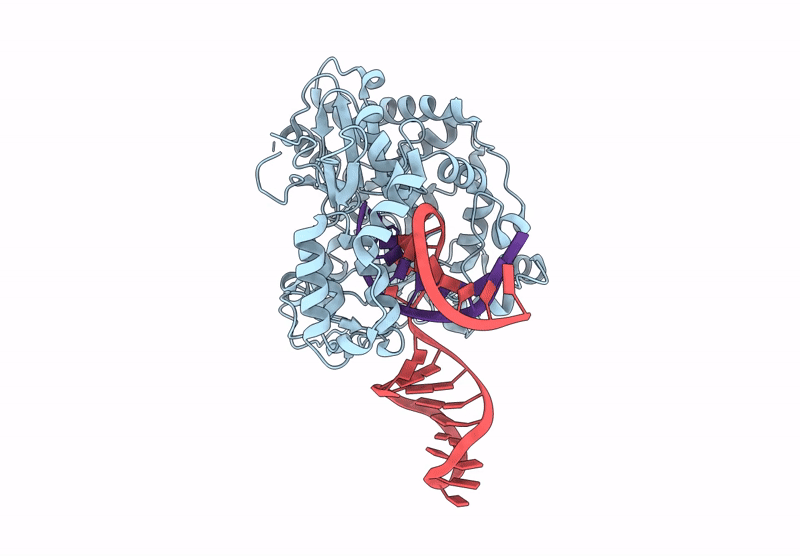
Deposition Date
2024-01-04
Release Date
2024-12-04
Last Version Date
2025-01-15
Entry Detail
PDB ID:
8XPP
Keywords:
Title:
Crystal structure of the enterovirus 71 RdRP elongation complex with the nucleoside monophosphate form of compound HNC-1664 at product position -1 (post-translocation state)
Biological Source:
Source Organism:
Enterovirus A71 (Taxon ID: 39054)
synthetic construct (Taxon ID: 32630)
synthetic construct (Taxon ID: 32630)
Host Organism:
Method Details:
Experimental Method:
Resolution:
3.00 Å
R-Value Free:
0.29
R-Value Work:
0.23
R-Value Observed:
0.23
Space Group:
P 21 21 21


